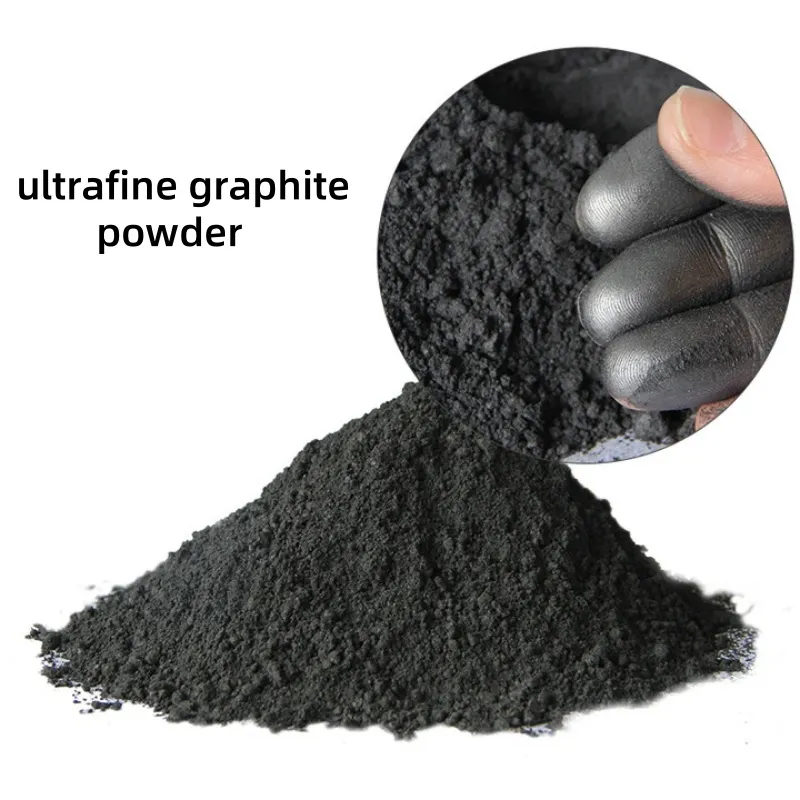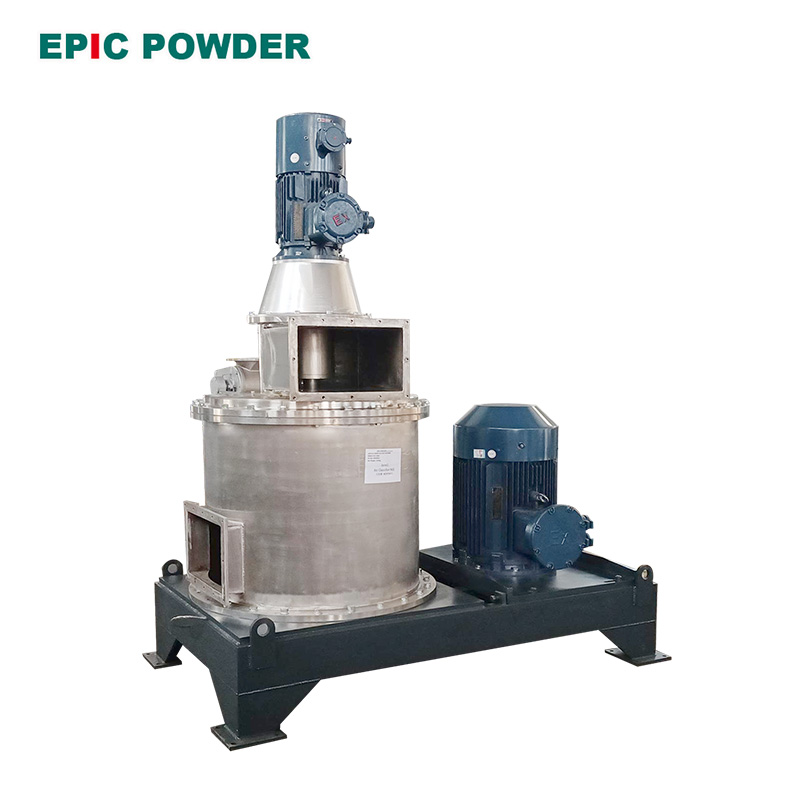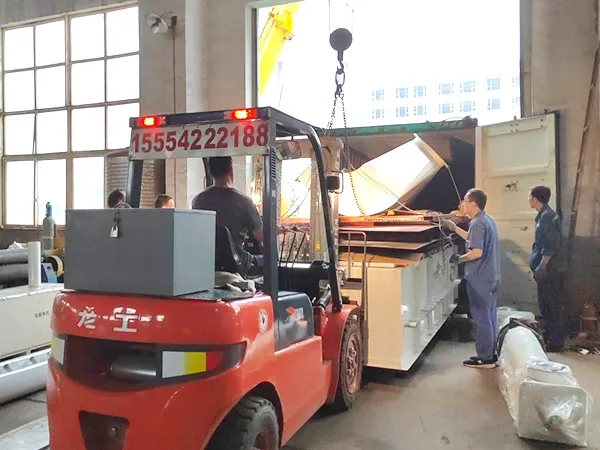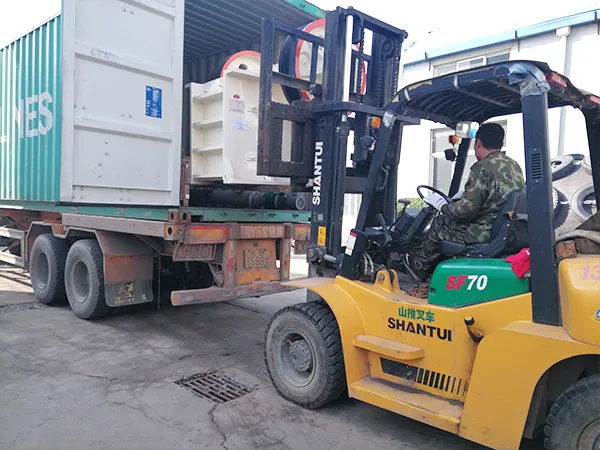Graphite is a non-metallic mineral material. It has excellent electrical conductivity, thermal conductivity, and lubricating properties. It is widely used in batteries, conductive materials, lubricants, refractory materials, and high-end composites. With the rapid growth of the new energy and advanced manufacturing industries, the demand for fine and high-purity graphite processing continues to rise. To achieve controllable particle size, uniform distribution, and high purity of graphite powder, the Pabrik Pengklasifikasi Udara (ACM) has become essential for ultrafine graphite grinding.

Technical Challenges in Ultrafine Graphite Powder Grinding
The natural layered structure of graphite gives it excellent lubricity and conductivity, but also introduces several challenges during ultrafine grinding:
- Layered Structure: Natural graphite tends to exfoliate along its basal planes during grinding, forming flaky particles. Traditional milling methods often lead to over-grinding, resulting in a wide particle size distribution and performance degradation in final applications.
- Ultrafine Requirements: Graphite powders for conductive additives, lubricants, or battery anodes must reach micron or even submicron size. Smaller particles increase surface area and reactivity.
- Agglomeration and Uneven Distribution: During traditional mechanical grinding, graphite particles re-agglomerate due to shear and collisions. This makes it difficult to achieve uniform dispersion.
- Temperature Rise: Graphite’s high thermal conductivity causes heat buildup during high-energy impact. Excessive heat destroys the crystal structure and reduces performance.
Therefore, balancing grinding efficiency, particle size control, and crystal integrity has become a key technical challenge in graphite processing.

Core Advantages of the Air Classifier Mill in Ultrafine Graphite Powder Grinding
Itu Classifier Mill (ACM) is a highly efficient powder processing system that integrates both grinding and classification. Unlike traditional jet mills or mechanical mills, it uses a built-in precision classifier wheel for real-time particle size control, resulting in a more stable and adjustable output fineness.
Key Technical Advantages:
- Precise Particle Size Control: The classifier wheel speed can be flexibly adjusted to achieve a continuous and controllable fineness range of D97 = 5–45 μm.
- High Efficiency, Low Energy Consumption: Optimized airflow design ensures high grinding efficiency with reduced energy consumption.
- Anti-Overgrinding Design: The integrated classifier prevents excessive breakage of fine powder, maintaining the integrity of graphite crystal layers, thereby enhancing conductivity and lubricating performance.
- Excellent System Sealing: The closed-loop operation minimizes dust pollution, making it ideal for high-purity graphite production.
Application Outlook: Pretreatment for Graphite Anode Materials
In lithium-ion battery anode production, the ACM is often used for pre-grinding natural graphite. It efficiently reduces large graphite particles to 5–25 μm. This produces uniform intermediate powder for the next spheroidization and coating stages.
Kesimpulan
The Air Classifier Mill (ACM) has become a core technology in modern graphite powder processing. It solves the challenges caused by graphite’s layered structure. Through precise particle size control, it ensures product stability and performance.
This technology builds a strong foundation for graphite applications in new energy batteries and other high-end materials. EPIC POWDER has rich experience in graphite powder processing. The company provides complete system solutions for ultrafine grinding, classification, collection, and surface modification. These integrated solutions support high-precision processing of graphite and many other advanced powder materials.

